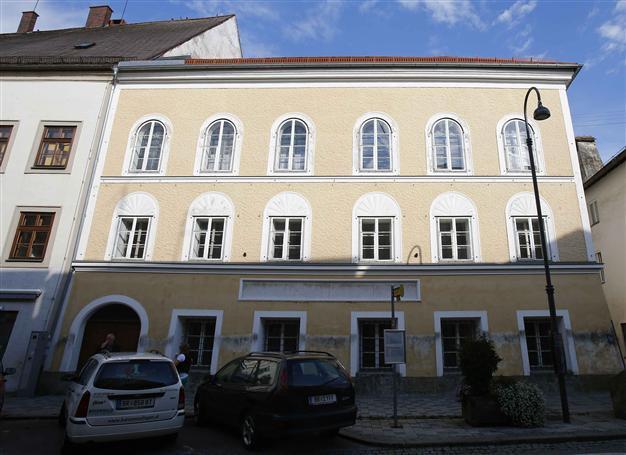Nazi seaside death cell to become Dutch museum
THE HAGUE - Agence France-Presse

A suggestion to turn the Austrian house where Adolf Hitler was born into normal residential space has recently triggered a debate about how best to use an empty property still laden with historic baggage decades after World War Two ended. REUTERS Photo
A notorious prison cell used to house Dutch resistance fighters shortly before they were executed by the Nazis is to get a new lease of life, the historical group behind the project said today.
"Death Cell 601" is part of the extensive prison complex in The Hague's seaside suburb of Scheveningen which now also houses the UN's detention unit for prisoners pending their trial before the city's international tribunals.
Today's prisoners include Bosnian Serb war crimes accused Radovan Karadzic and Ratko Mladic, on trial for their roles in the 1992-95 Bosnian war, and former Ivorian president Laurent Gbagbo.
"The part of the prison which houses cell 601 is to be demolished soon but we want to turn it into a museum in order to preserve it for the future," Henk van de Meulen of the Stichting Oranjehotel told AFP.
The historical cell is part of the prison built in 1913 and which housed prisoners until a few years ago, but is now deemed unsafe for further use.
The project is to cost around three million euros ($3.8 million), Van der Meulen said, adding that his foundation planned to raise the funds through donations.
Situated close to the prison's outside wall for easy access ahead of executions, Cell 601 is to be surrounded by a special entrance so that visitors don't have to travel through the heavily secured main prison.
There will also be an information centre giving the history of the building and its occupants, such as 15 Dutch resistance fighters who were executed on 13 March 1941, the first mass execution in the Netherlands, Van der Meulen added.
Oranjehotel is the name the Dutch gave the prison after it was used to house some 23,000 resistance members and other prisoners including Jewish families between May 1940, when Germany invaded the neutral Netherlands, and May 1945 when the war ended.
At least 200 prisoners were executed in the nearby sand dunes, some buried in unmarked graves during the occupation, while 700 others died after being sent to Nazi concentration camps.
